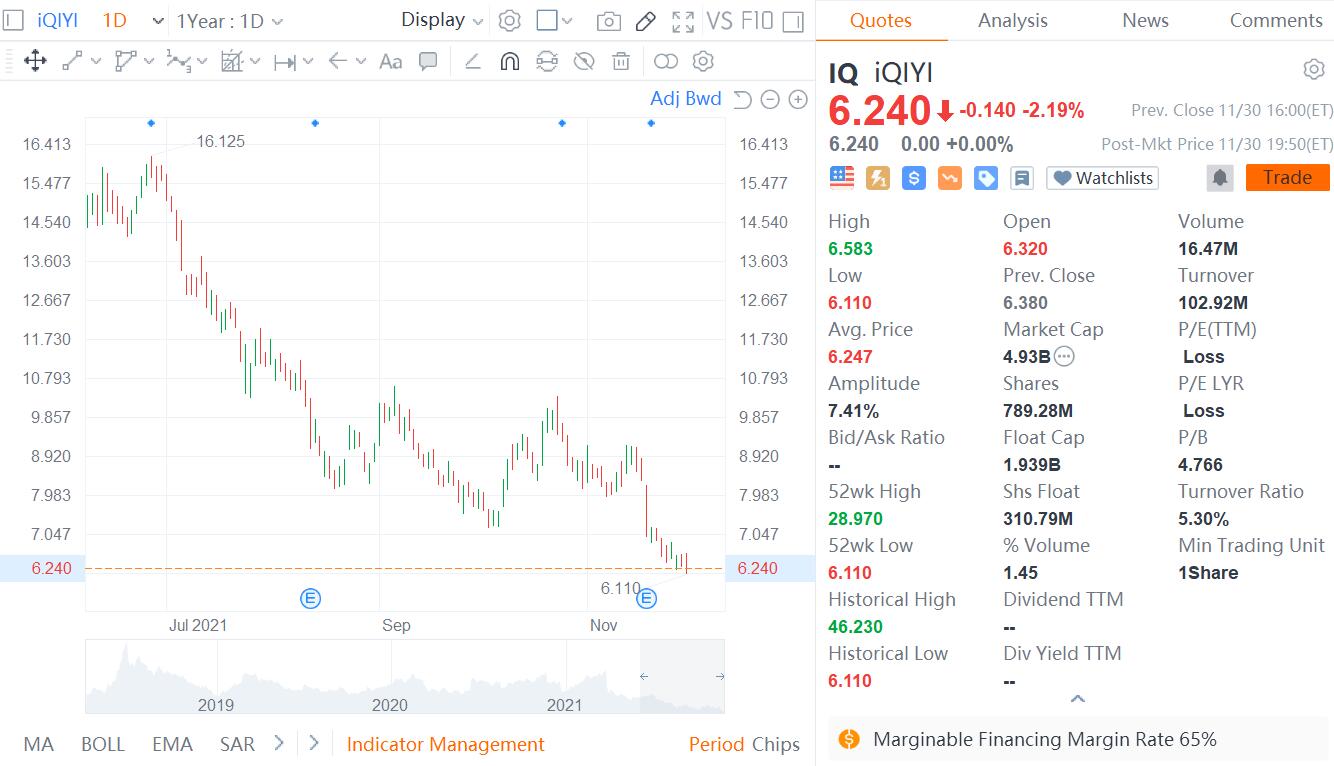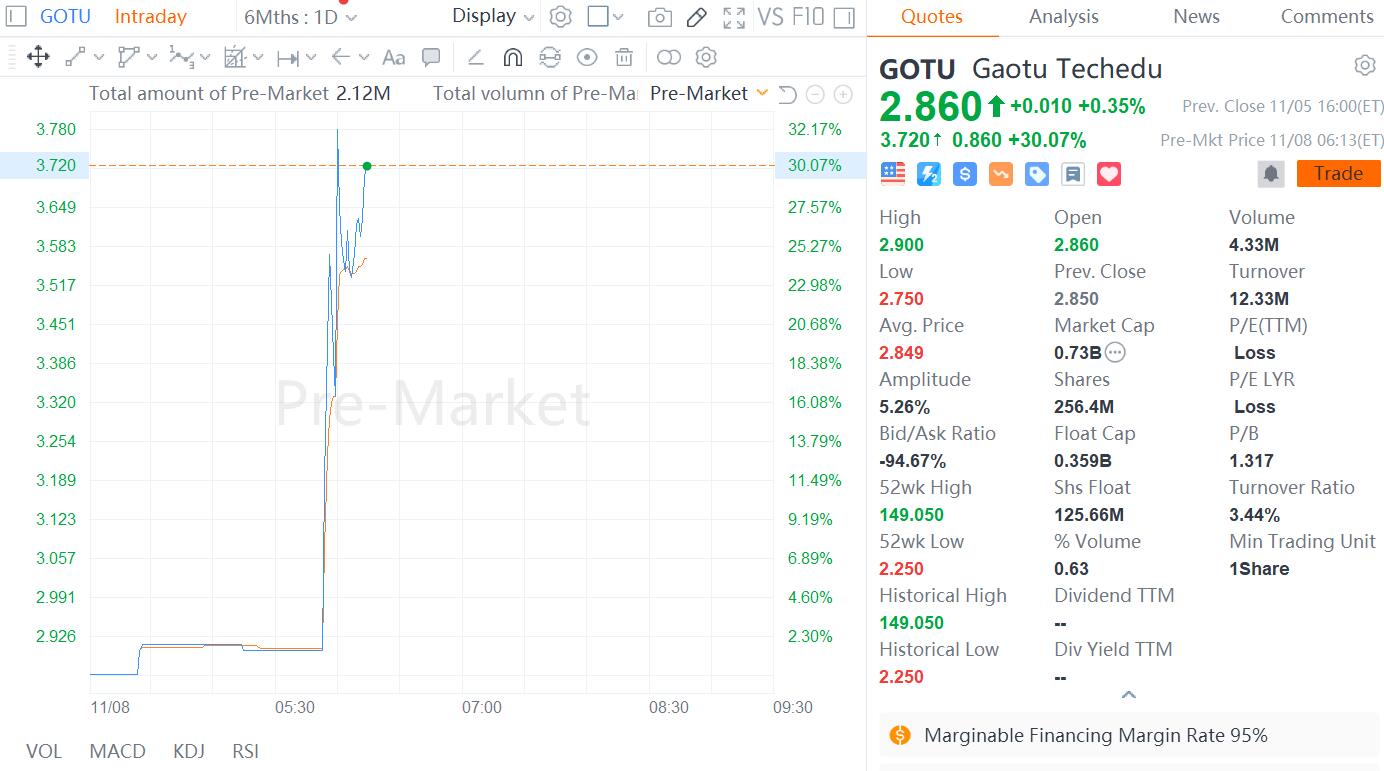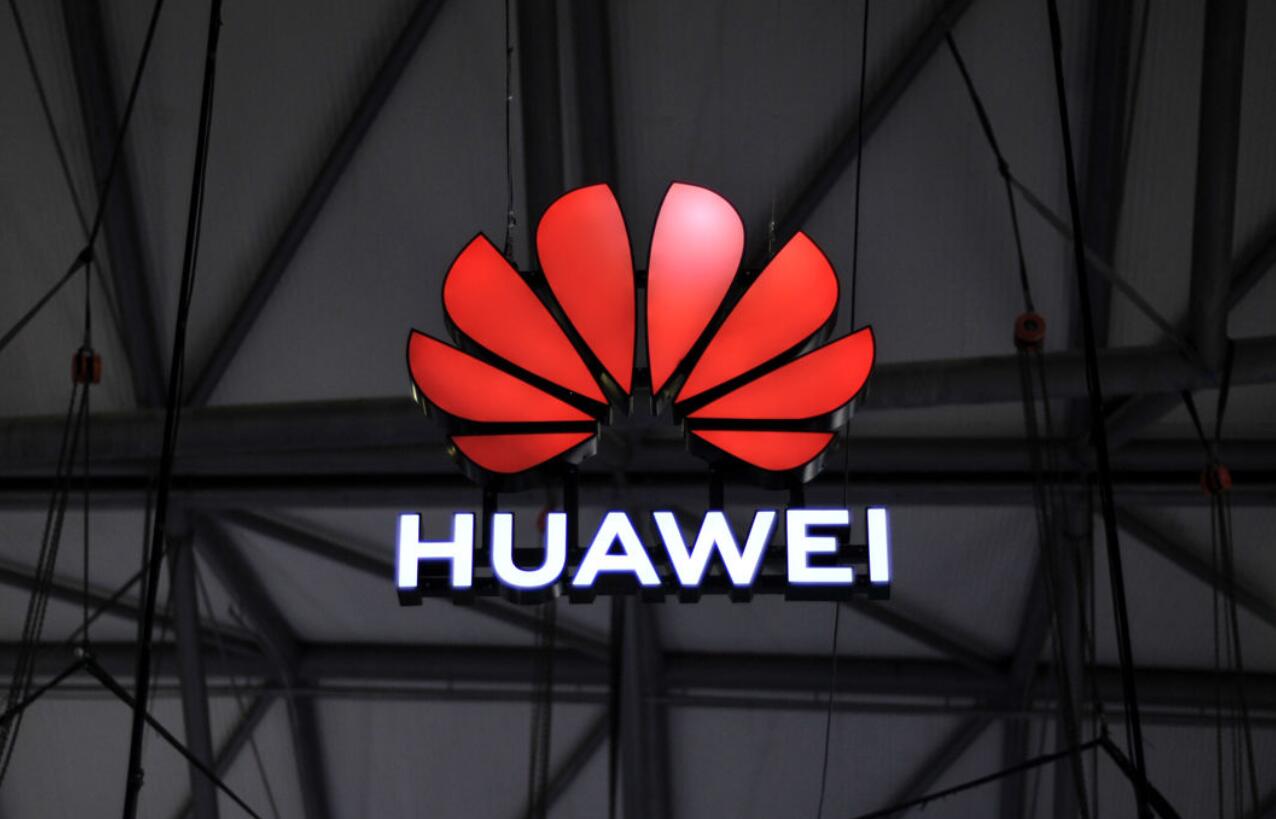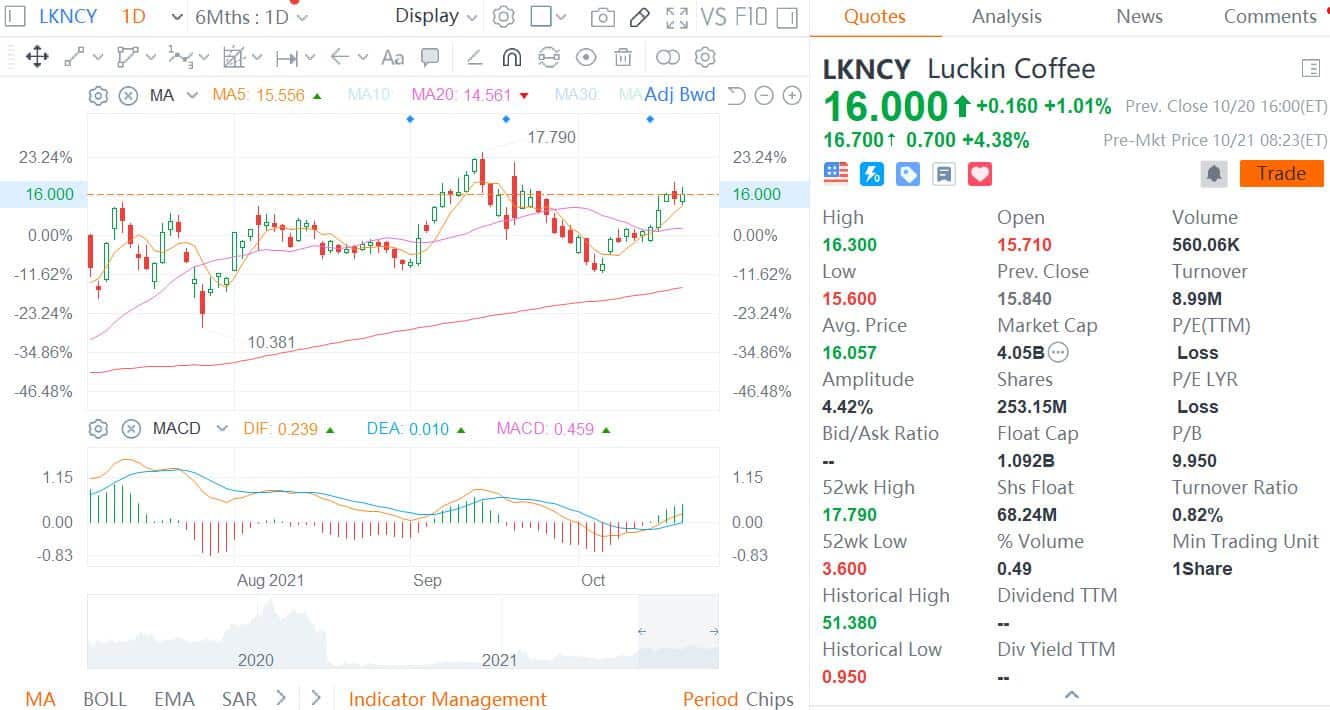
Chinese scientists recently published an article titled "Structure of Mpro from COVID-19 virus and discovery of its inhibitors" on Nature, taking the lead in successfully analyzing the high-resolution three-dimensional space of the main protease (Mpro), a key drug target of the new coronavirus, structure.
This result consists of the team of Rao Zihe and Yang Haitao of Shanghai University of Science and Technology and collaborators. They used three different drug discovery strategies to find potential drugs against the new coronavirus.
As of April 8, approximately 1.5 million people have been diagnosed with new coronary pneumonia worldwide, and the number of deaths has exceeded 87,000, which has covered more than 200 countries and regions around the world.
The new coronavirus is closely related to the severe acute respiratory syndrome coronavirus (SARS-CoV) and the Middle East respiratory syndrome coronavirus (MERS-CoV). Due to the lack of specific drugs and vaccines, the drug targets of the new coronavirus Scientific research and new drug development are imminent.

The new coronavirus is very "sly". After invading the cell, it will immediately use the material in the cell to synthesize the two ultra-long replicase polypeptides (pp1a and pp1ab) necessary for its own replication.
These two replicase polypeptides need to be cut into multiple parts (such as RNA-dependent RNA polymerase, helicase, etc.); these parts are further assembled into a huge replication transcription machine before the virus can start its own genetic material Mass copy.
The shearing requirements of the two replicase peptides are exceptionally precise, so the virus itself encodes a magic "magic shear"-the main protease (Mpro).
This "Magic Scissor" has at least 11 cleavage sites on the replicase polypeptide. Only when these sites are normally cleaved, can these virus replication-related "parts" be successfully assembled into a replication transcription machine to initiate viral replication
. The main protease plays a vital role in the process of virus replication, and there is no similar protein in the human body. Therefore, the main protease has become a key drug target against the new coronavirus.
In fact, there have been at least 30 new infectious diseases (such as SARS, MERS, etc.) in the past 30 years. How to quickly find drugs with clinical potential during the outbreak is still a major challenge.
In order to solve this problem, the "Union" in the first research aimed at "old drugs", namely finished drugs, clinical trial drugs and natural products; secondly, the "Union" in the same research carried out three different types of de novo design, computer virtual screening and high-throughput screening. Research strategy, three-pronged approach.
In a redesigned research strategy, the "Union" found that Michael Receptor N3 is a potent inhibitor of the main protease, and took the lead in resolving the structure of the high-resolution complex of 2.1Å "Main Protease-N3" Raised to 1.7Å), which is also the world's first three-dimensional spatial structure of the new coronavirus protein.
In order to facilitate the related scientists and technicians to develop antiviral drugs targeting this enzyme at the first time, the "Union" has published the research results for the first time and published the structure in the PDB protein structure database (Protein Data Bank, PDB) coordinate.
Since January 26, the team has provided data directly to the laboratories of more than 300 universities, research institutes and enterprises at home and abroad. This structure was selected as the February Molecule of the Month (February Molecule of the Month) by the PDB protein structure database and was reported by PDB.
Since then, the research alliance has continued to use a combination of virtual screening and high-throughput screening strategies to screen more than 10,000 old drugs, clinical drugs and natural active products, and found several that have significant inhibitory effects on the main protease. Leading drugs, including disulfiram (disulfiram), carmofur (carmofur), ebselen (ebselen), shikonin (shikonin), Tideglusib and PX-12.
Subsequent experiments against neocoronavirus showed that both ebselen and N3 could significantly inhibit the replication of neocoronavirus at the cellular level.
It is worth mentioning that ebselen has been used in clinical trials for the treatment of hearing disorders and other diseases (completed clinical phase II) and has a very good safety performance.
The above research results have laid an important foundation for the rapid development of clinical potential anti-pneumonitis drugs.
Special Report: Fighting The New Coronavirus










